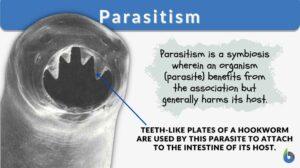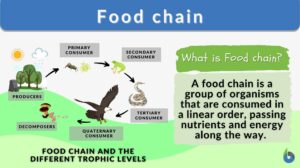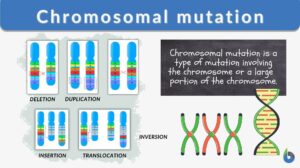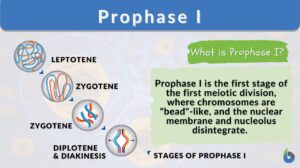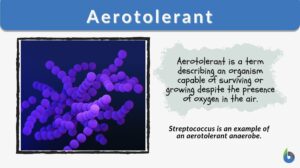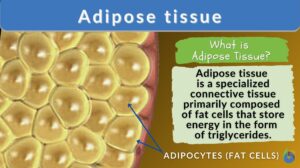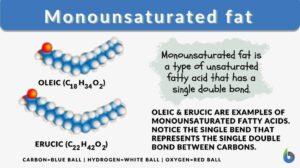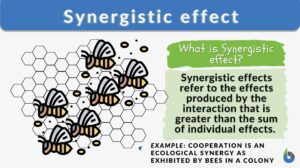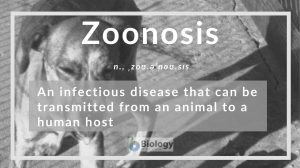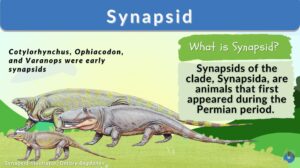Search Results for: index
Invasion index
Invasion index An index devised by Abercrombie & Heaysman as a means to estimate the invasiveness of cells in vitro. The... Read More
Karyopyknotic index
Karyopyknotic index An index used to monitor the hormonal status of the patient as reflected by exfoliated vaginal cells and... Read More
Centromeric index
Centromeric index The ratio of the length of the short arm of the chromosome to that of the total chromosome; ordinarily... Read More
Ecological Research: Measuring & Analysis
By: Maria Victoria GonzagaPreviously in this lesson, we learned that high biodiversity is essential to a healthy... Read More
Chemotherapeutic index
Chemotherapeutic index The ratio of the minimal effective dose of a chemotherapeutic agent to the maximal tolerated dose.... Read More
Biotic potential
When we look at the different forms of life, we often wonder how they have continued to exist one generation after another.... Read More
Color Atlas & Synopsis of Clinical Dermatology
Color Atlas & Synopsis of Clinical Dermatology ... Read More
Dispersion
(Science: microscopy) The variation of refractive index with colour (or wave-length) of light. The spreading of white light... Read More
Past-pointing
Definition noun An assessment test performed to evaluate the upper extremity tonic balance (e.g. the functional integrity of... Read More
Regulation of Organic Metabolism, Growth and Energy Balance
Organic Metabolism Events of Absorptive and Post-absorptive States. The absorptive state is the period during which... Read More
Ecosystem diversity
Ecosystem Diversity Definition What is ecosystem diversity? Ecosystem diversity deals with the study of different... Read More
Parasitism
Organisms depend on different sources of food to survive. Larger organisms like plants make their own food (autotrophs) and... Read More
Condyloid joint
A joint is a point where two bones are attached and are capable of movement. The joints not only provide the movements of... Read More
Molar extinction coefficient
Definition noun (spectrophotometry) The measure of how strongly a substance absorbs light at a particular wavelength, and is... Read More
Food chain
Everything is a cycle in life. The way organisms consume their food also follows a cycle. This is usually described as the... Read More
Chromosomal mutation
Every living thing is made up of DNA. Our DNA is what makes us unique and different in the world. Our DNA is made up of... Read More
Prophase I
Organisms all use mitosis to create more cells in the body. Meiosis, a similar process, is used in some organisms to undergo... Read More
Buck’s traction
Buck's Traction Definition Buck's traction for femur fracture is very helpful. It can be utilized in the treatment and... Read More
Aerotolerant
Aerotolerant Definition The term "aerotolerant" pertains to an organism that does not require oxygen for growth but can... Read More
Inhibitory postsynaptic potential
Inhibitory Postsynaptic Potential Definition An inhibitory postsynaptic potential is a type of synaptic potential. It is... Read More
Adipose tissue
Adipose Tissue Definition Adipose tissue, a specialized variety of connective tissue, is composed of lipid-rich cells known... Read More
Monounsaturated fat
What is monounsaturated fat? Monounsaturated fats are healthy dietary fats. They are liquid at room temperature. Unlike... Read More
Synergistic effect
Synergistic Effects Definition In biology, synergistic effects are the effects when chemical substances or biological... Read More
Beer-Lambert law
Definition noun The principal law in spectrometry in which it states that the absorbance at a given wavelength of light is... Read More
Chickenpox
Definition noun A highly contagious air-borne disease caused by varicella zoster virus commonly affecting children and... Read More
Maturation
Definition noun, plural: maturations (1) The process of differentiation (2) The process of becoming... Read More
Isomaltulose
Definition noun plural: isomaltuloses A disaccharide comprised of a glucose monomer and a fructose monomer joined by... Read More
Fructooligosaccharide
Definition noun plural: fructooligosaccharides fruc·to·ol·i·go·sac·cha·ride, ɪhɡəʊˈsækəɹaɪd An... Read More
Naegleria fowleri
Naegleria fowleri (commonly referred to as the brain-eating amoeba) is a heat-loving amoeboflagellate protozoan of the... Read More






